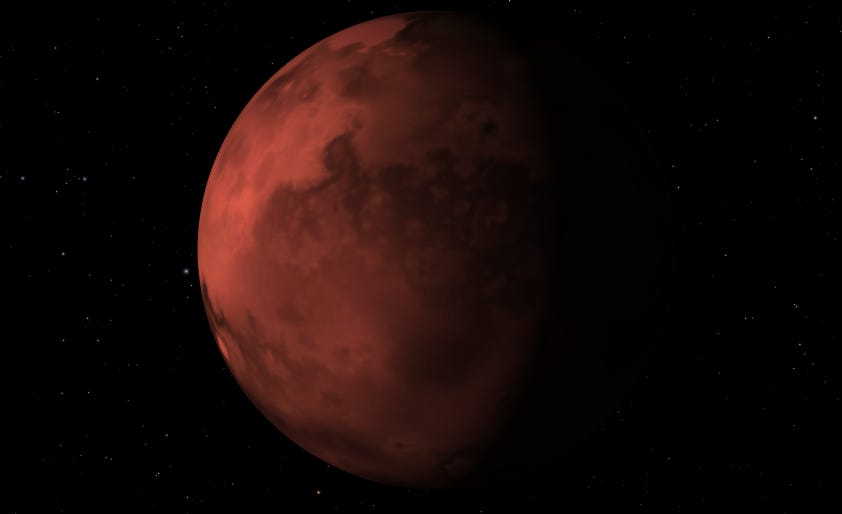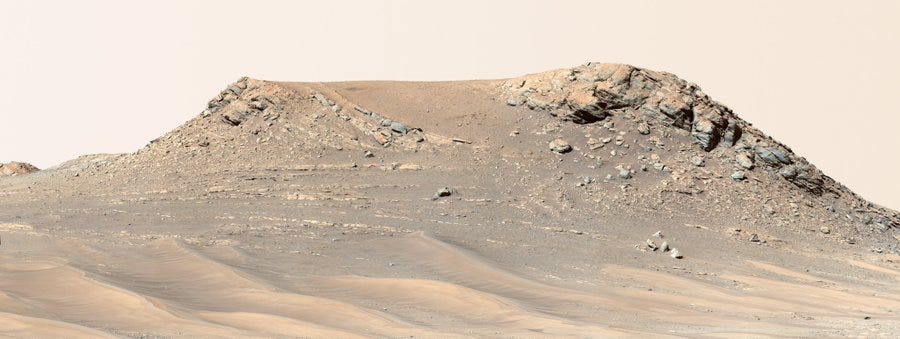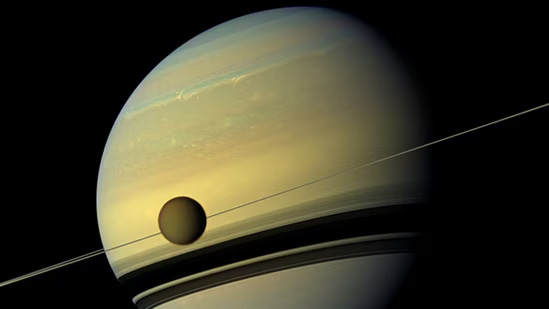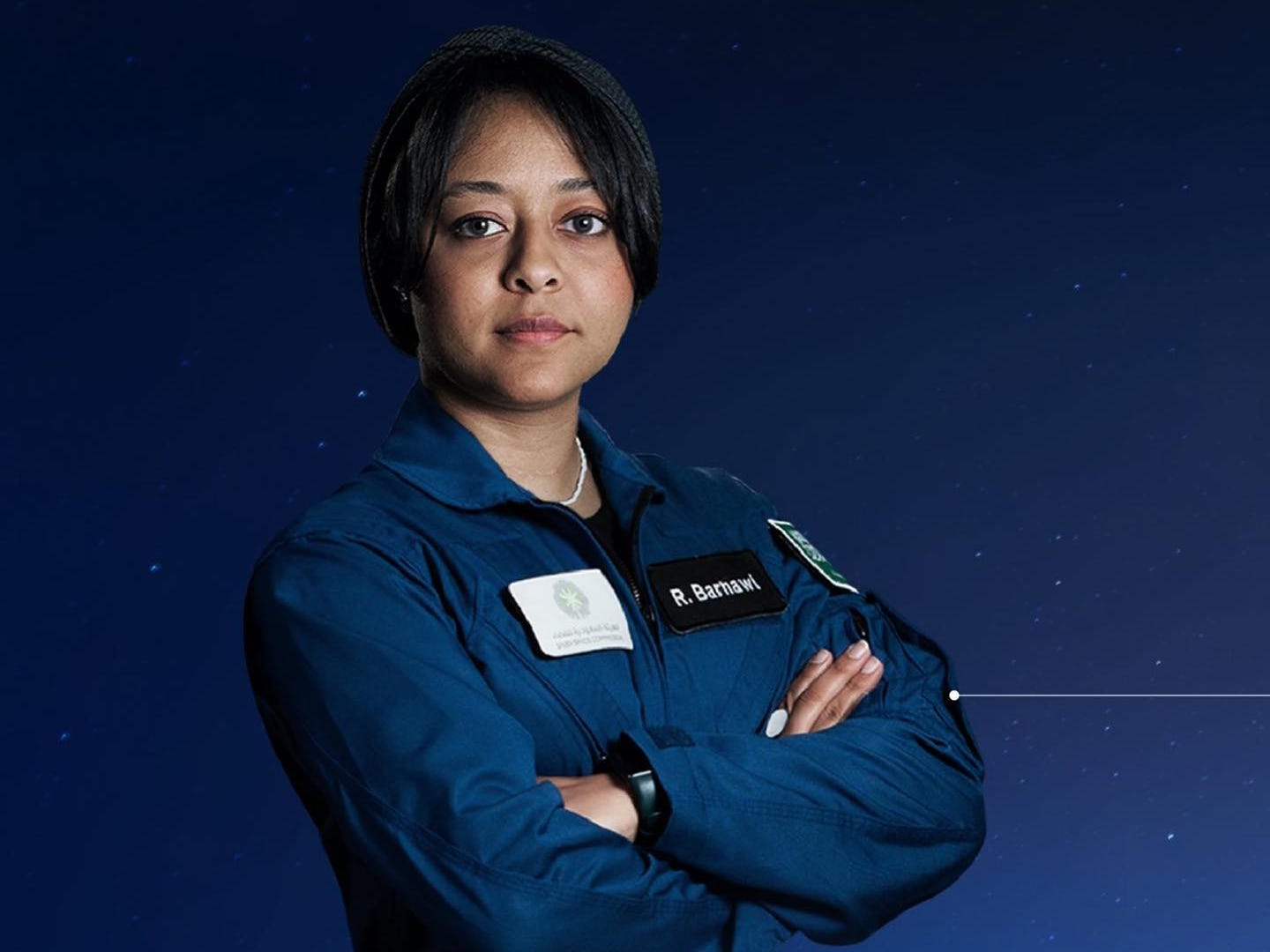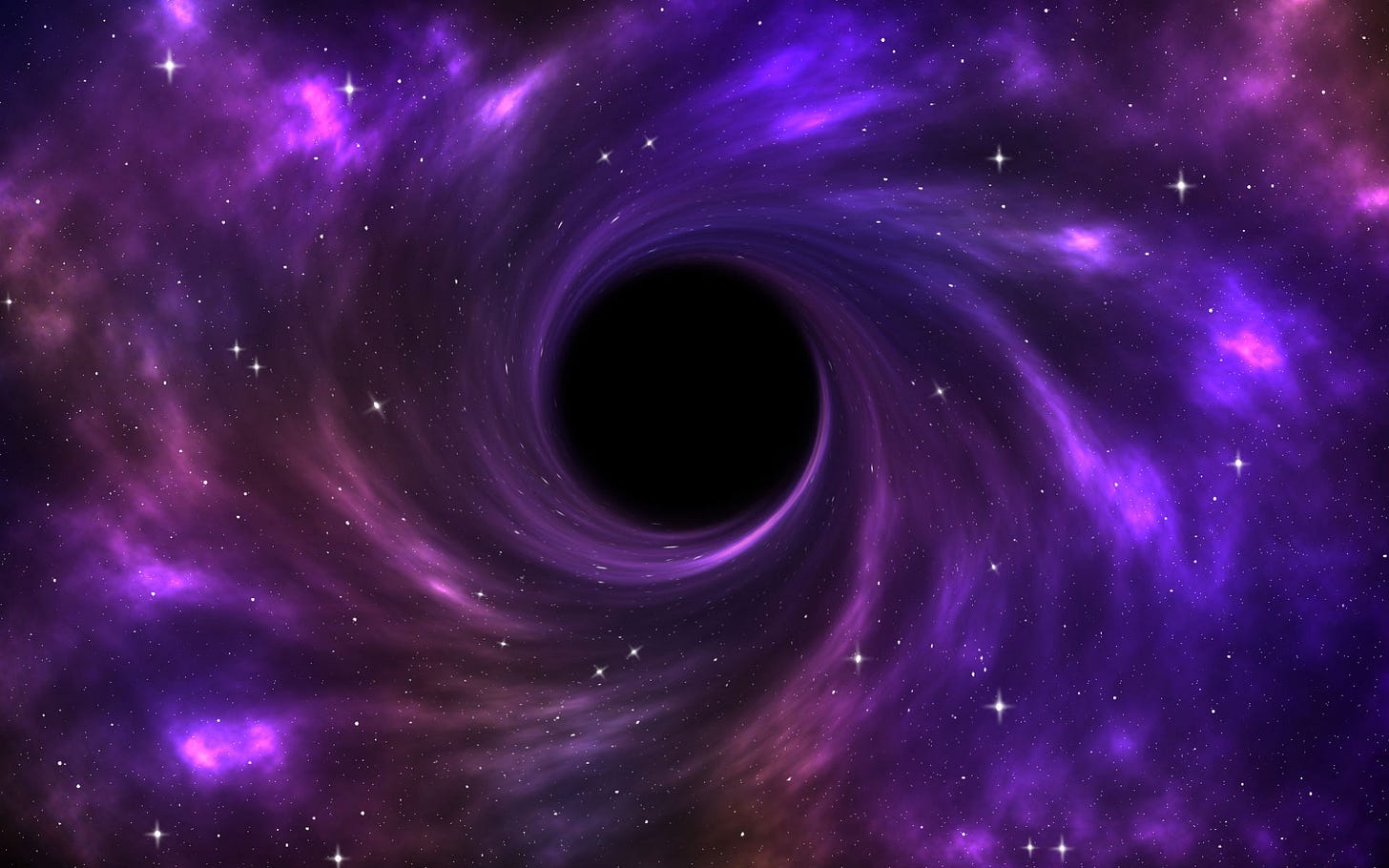NASA detects water vapor in distant star system with uncertain source
Last month NASA detected hints of water vapor coming from near a rocky exoplanet called GJ 486 b, located 26 lightyears away from the Earth. Scientists, however, are not completely convinced that the water vapor is from the exoplanet. The new exoplanet orbits a red dwarf star called GJ 486 which emits large amounts of harmful X-rays and UV-rays which can seriously damage atmospheres. This means that the exoplanet would have to be able to maintain an atmosphere in these harsh conditions to host water vapor. Scientists warn that the water vapor detected could be coming from the star itself as some stars have been known to hold water in their cool starspots. If the vapor is indeed coming from the exoplanet, it will be the first time water vapor has been detected in the atmosphere of a rocky exoplanet.
Perseverance finds martian rivers were not like we imagined
Scientists recently pieced together hundreds of images taken by NASA’s Perseverance rover on Mars to find that the ancient Martian rivers were not like previously imagined. The rover found large sedimentary layers which could only have formed by a large, fast-moving river. This new finding shows that Martian rivers were far more deeper and fast-moving than we thought.
62 new moons of Saturn recognized by IAU
Last week 62 new moons of Saturn were added to Saturn’s moon count bringing the total to 145. These newly discovered moons of Saturn are however very small (1-10 km wide. These moons had already been discovered in 2021 but it was only officially recognized by the International Astronomical Union (IAU) recently.
Barnawi becomes first Arab woman to go to space
Last month, SpaceX successfully launched 4 astronauts to the space station in its Falcon 9 rocket. 2 of the 4 astronauts were Arab astronauts and Rayyanah Barnawi became the first Arab woman to go to space. The group of astronauts reached the ISS on 21st May.
Hubble finds super rare blackhole in galaxy cluster
NASA’s Hubble space telescope recently found an ultra-rare black hole in a galaxy cluster called Messier 4 located 7,000 light-years away from the Earth. The reason the new black hole is so rare is because it is an intermediate-mass black hole. These black holes have masses that can be anything between 100 to 100,000 times the mass of our sun. To know more about blackholes click here.


